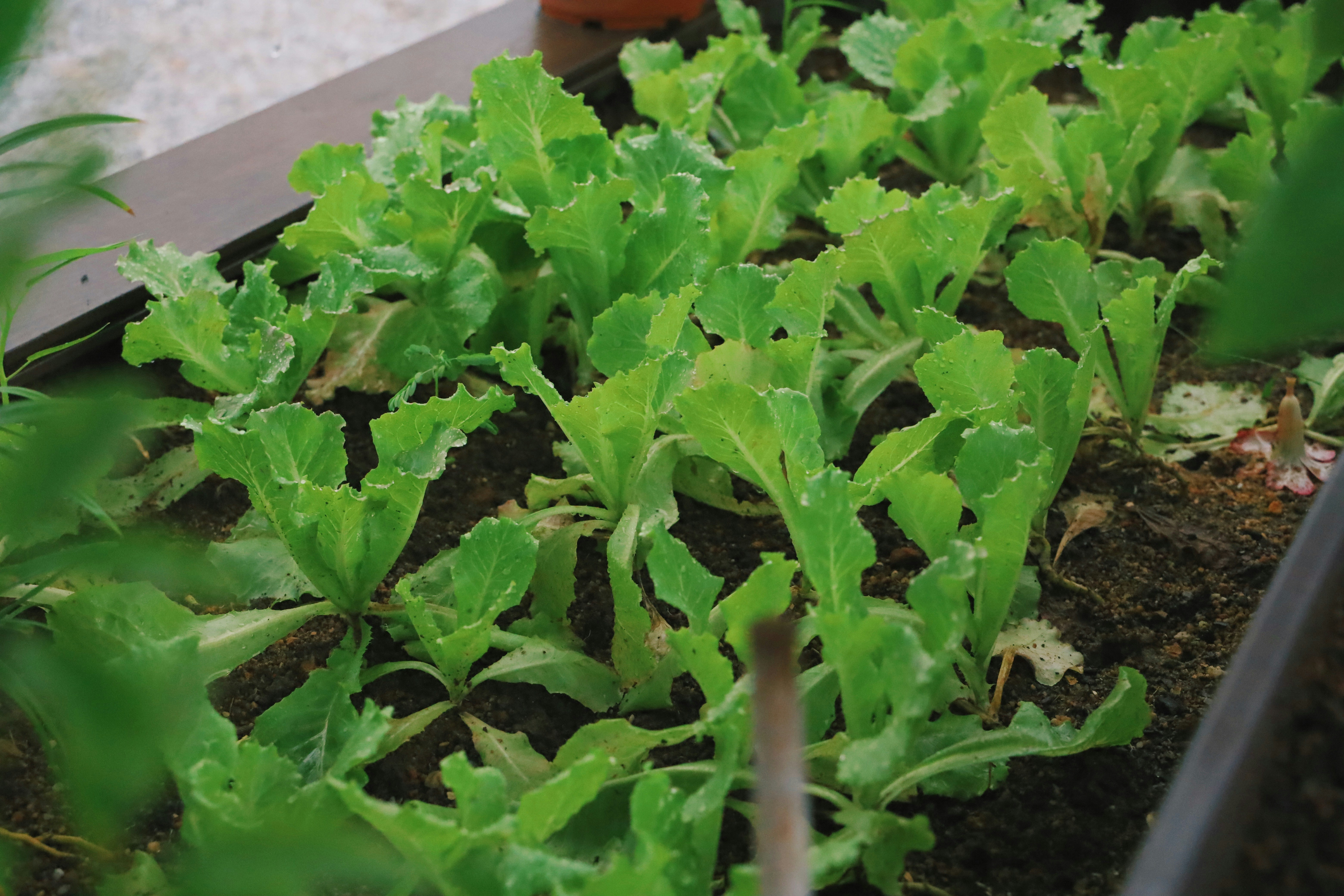Innovative Hydroponic Ideas Transforming the Modern World
August 11, 2024 | by futurekits.inc@optonline.net
 Photo by Zoe Schaeffer on Unsplash
Photo by Zoe Schaeffer on Unsplash “`html
The Concept and Evolution of Hydroponics
The concept of hydroponics, a technique that allows plants to grow without soil, has roots that can be traced back to ancient civilizations. Historical records suggest the Hanging Gardens of Babylon and the floating gardens of the Aztecs utilized early forms of hydroponic systems. However, significant advancements occurred only in the 20th century, propelled by scientific exploration and technological innovations.
The revolutionary journey of hydroponics began in the 1930s with Dr. William Frederick Gericke of the University of California, who coined the term “hydroponics” and conducted pioneering research demonstrating its potential. Subsequent contributions by researchers like Dr. Howard Resh helped refine hydroponic techniques, leading to more efficient and scalable systems.
Fundamental Principles of Hydroponic Farming
At its core, hydroponics hinges on substituting traditional soil with a nutrient-rich water solution, ensuring plants receive all essential minerals directly. This system enables precise control over the growing environment, thereby enhancing plant health and yield. Several types of hydroponic systems have emerged, each characterized by unique mechanisms.
The Nutrient Film Technique (NFT) involves a shallow stream of nutrient solution flowing through channels that support plant roots. The Deep Water Culture (DWC) method submerges roots in a nutrient solution, with oxygen supplied via air pumps to prevent root rot. Aeroponics, an advanced variant, suspends roots in the air and intermittently mists them with nutrient-rich water. Each system offers distinct advantages, catering to diverse plant species and growth conditions.
Modern Innovations in Hydroponics
Today’s hydroponic systems benefit immensely from contemporary technological advancements. Automated nutrient delivery systems have simplified the management of water and nutrient levels, reducing labor-intensive monitoring. LED grow lights replicate the sun’s spectrum, optimizing photosynthesis and plant growth while minimizing energy consumption.
Internet of Things (IoT)-enabled monitoring tools now provide real-time data on crucial parameters like pH, temperature, and humidity. These innovations make hydroponics more accessible and efficient, reducing human error and enhancing productivity. Consequently, hydroponics continues to transform agricultural practices, providing sustainable solutions for food production in urban and arid regions.
“`
Modern Applications and Future Potential of Hydroponics
Hydroponics has evolved from a niche gardening method to a revolutionary approach reshaping agricultural practices globally. Its modern applications are particularly impactful in urban farming initiatives, which aim to address food security issues by producing fresh and local vegetables within city environments. Utilizing hydroponic systems, these urban farms can maximize space efficiency, making it possible to cultivate crops in high-density areas where traditional farming is impractical. This approach not only provides a consistent supply of fresh produce but also reduces the carbon footprint associated with transportation.
In the realm of sustainable agriculture, hydroponics stands out for its environmental benefits. One of the most significant advantages is the substantial reduction in water usage, as hydroponic systems require up to 90% less water compared to traditional soil-based farming. This is particularly crucial in regions experiencing water scarcity. Additionally, hydroponics eliminates challenges associated with soil health, such as erosion and nutrient depletion, by utilizing nutrient-rich water solutions to nourish plants directly. The controlled environment of hydroponic farms further minimizes the need for chemical pesticides, resulting in cleaner produce.
Case studies of successful hydroponic ventures showcase the practical viability of this method. Vertical farming enterprises, such as those in metropolitan centers, stack layers of hydroponic cultivation to optimize vertical space, leading to higher yields per square meter. Community gardens employing hydroponics are empowering local residents to partake in sustainable food production, fostering a sense of community while enhancing food accessibility.
Looking towards the future, technological advancements and a growing emphasis on sustainable practices are set to propel hydroponics further. Integration with smart city infrastructure represents a promising development, where sensor-based systems can monitor and optimize growing conditions in real-time. In the context of space missions, hydroponics is key to space farming, offering a viable method for growing food in extraterrestrial environments, as demonstrated by experiments aboard the International Space Station. Continuous research and innovation are likely to yield new techniques and systems that enhance both productivity and sustainability, ensuring hydroponics remains at the forefront of agricultural evolution.
RELATED POSTS
View all


